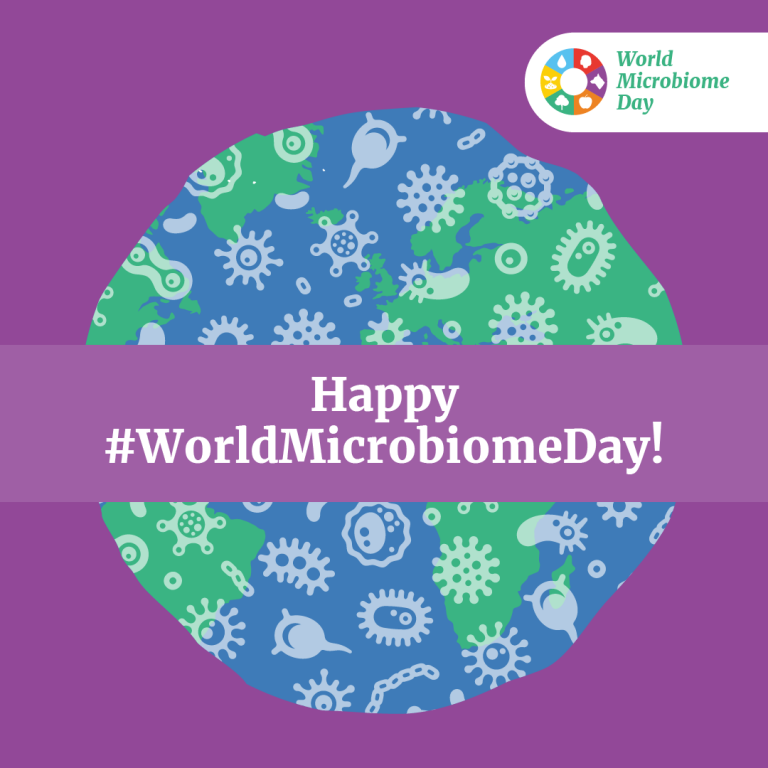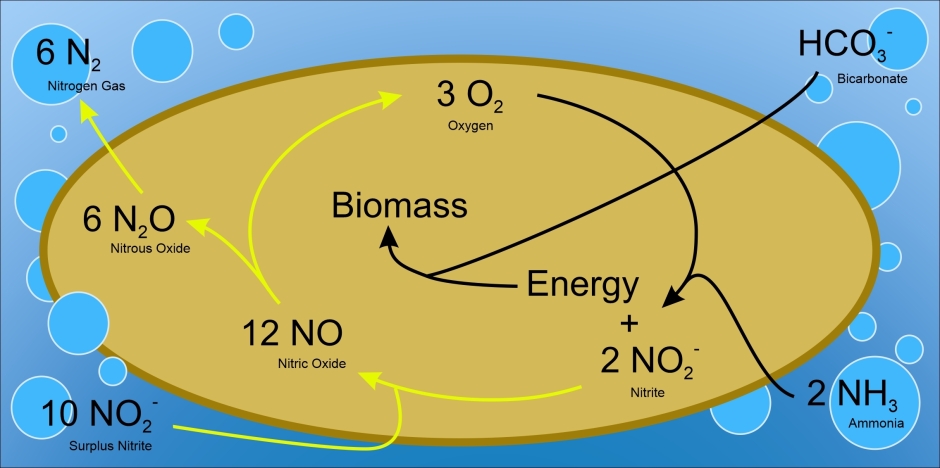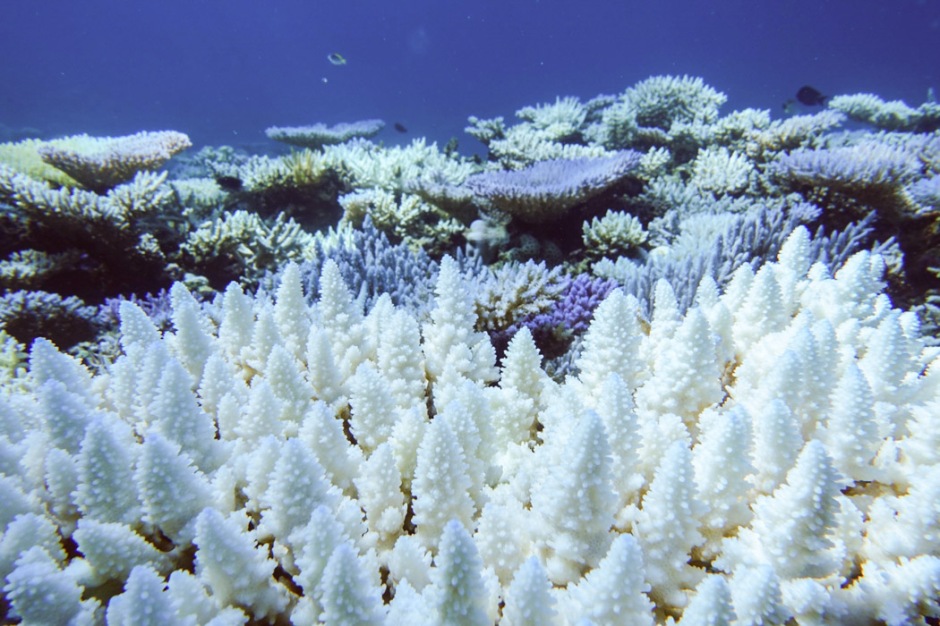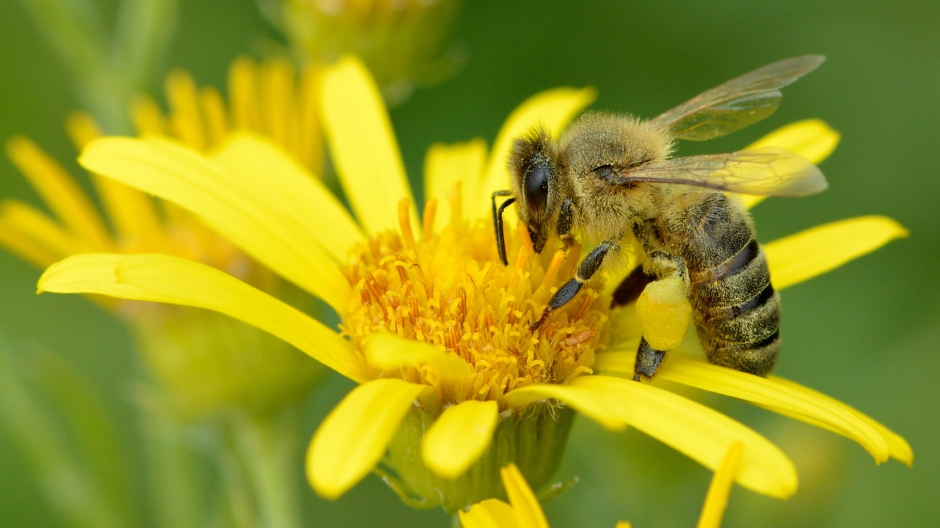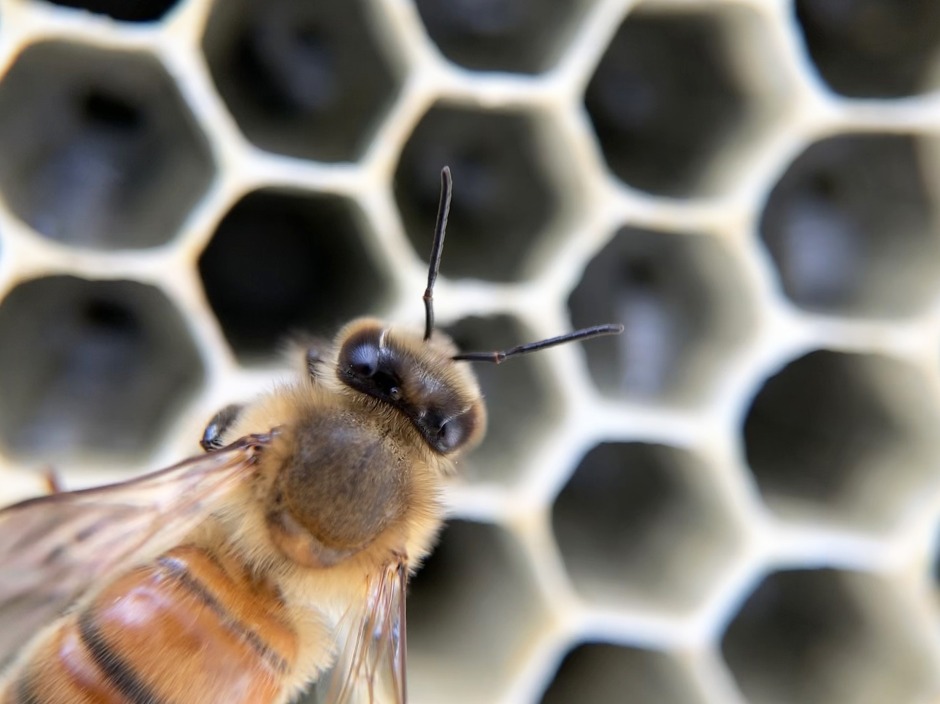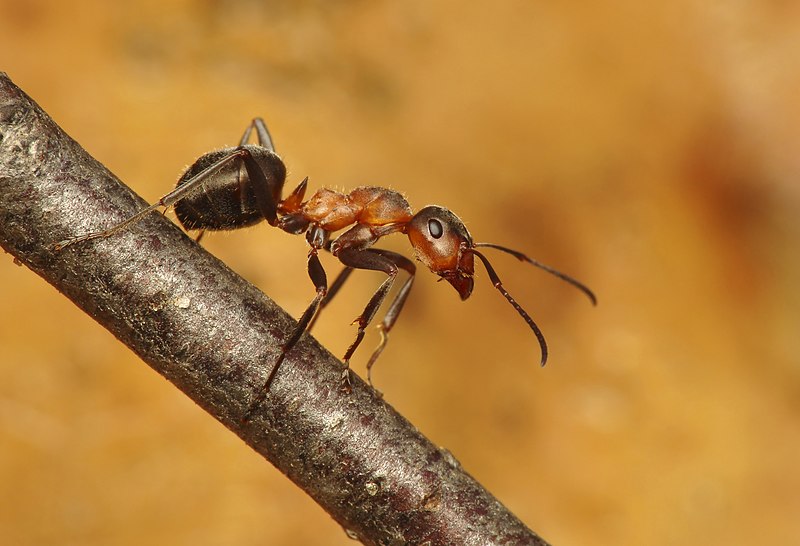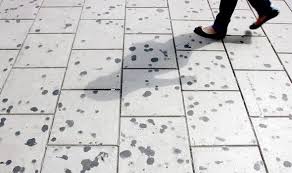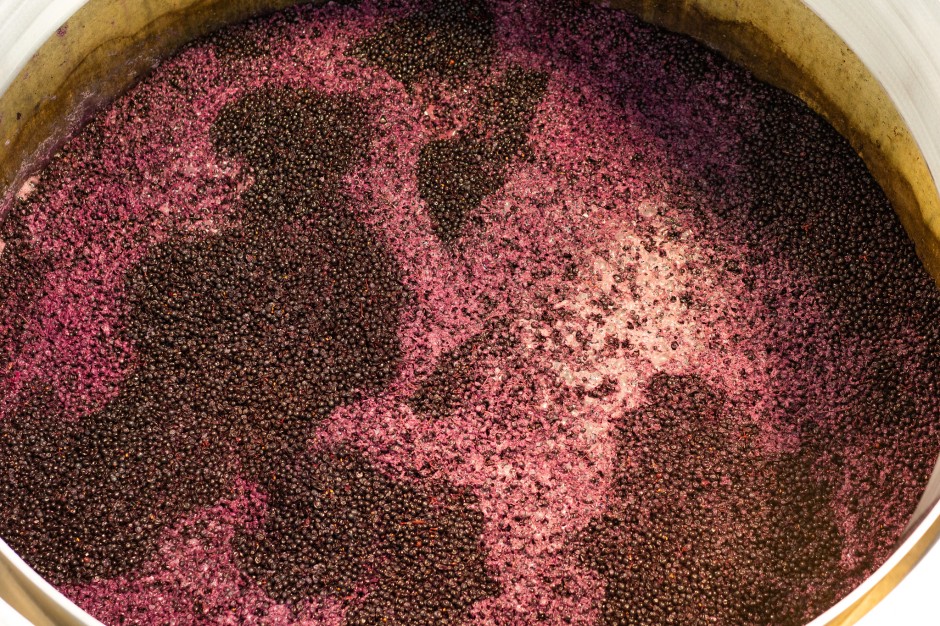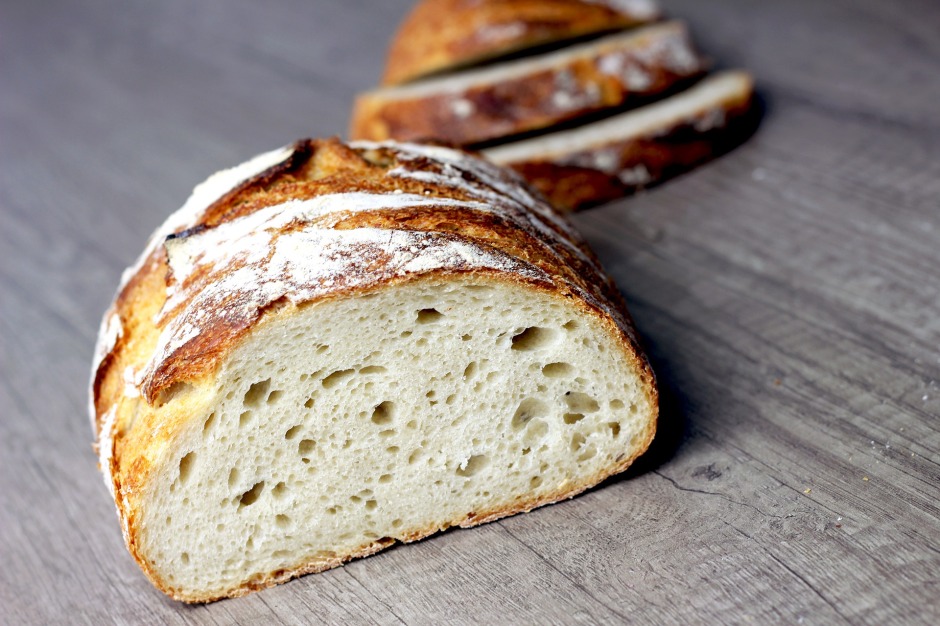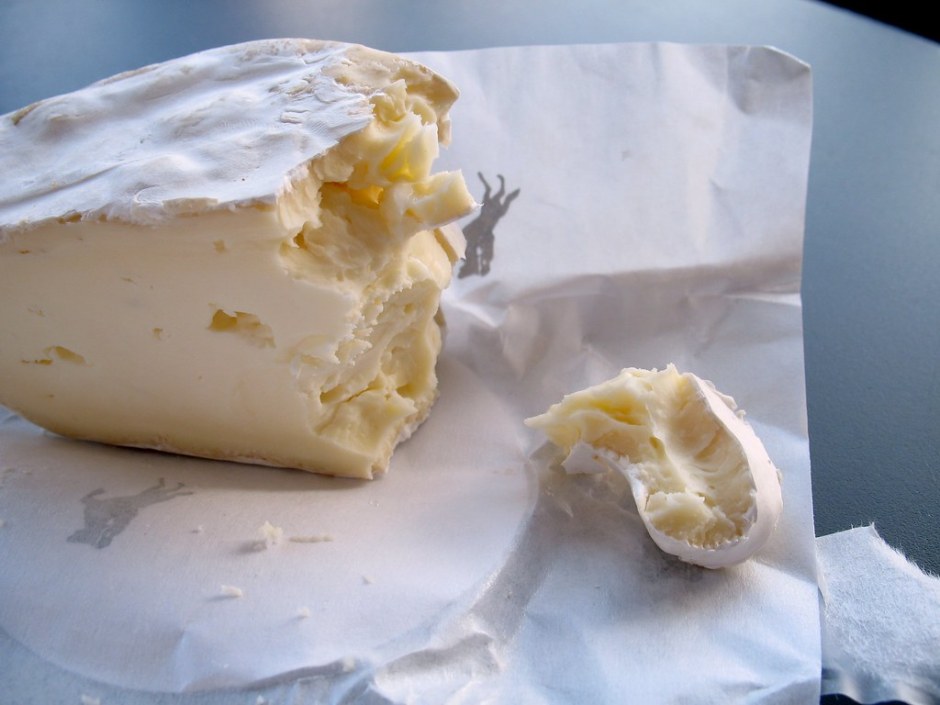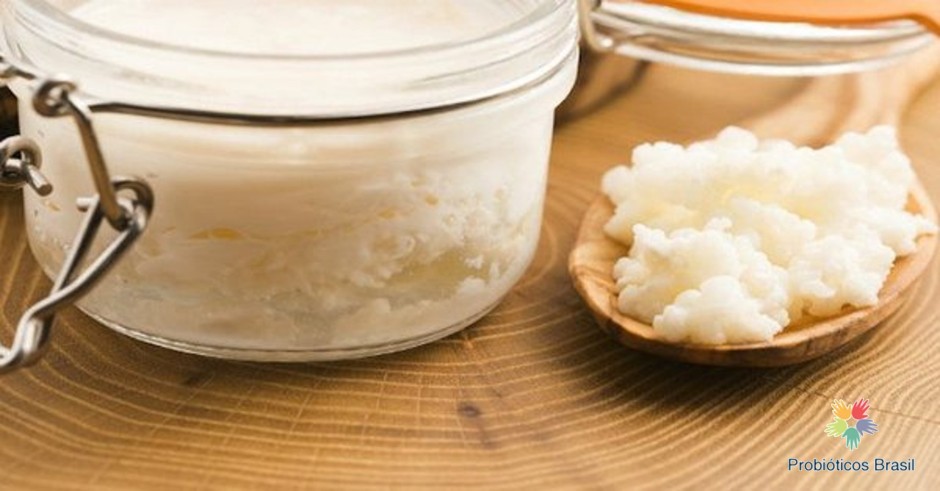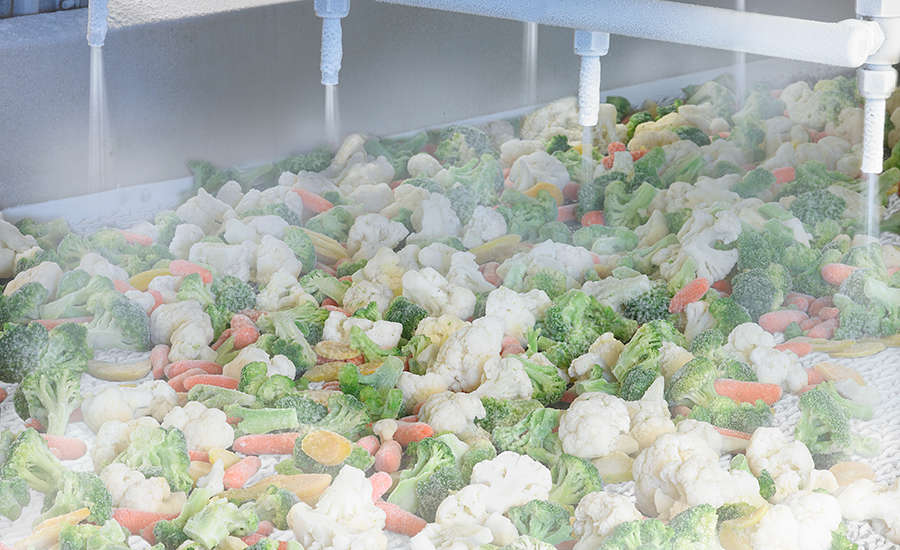
Breaking down the microbiology world one bite at a time
World microbiome day 2022!
Microbiomes are not just human microbiomes, a microbiome refers to microorganisms in a defined environment along with the environment itself (ISAPP).
Learn about what is a microbiome by the Microbiology Society.
Today we bring you several microbiome stories:
The Phycosphere by Derek Smith
Did you know that microbes can have microbiomes?
Phytoplankton (microscopic, aquatic algae) are sloppy photosynthesizers that exude organic carbon into the environment. This exuded carbon builds up near the phytoplankton cell and is food for other microbes. Swimming bacteria are attracted to this organic matter-rich zone called the phycosphere.
Different phytoplankton species exude different types of organic molecules. These different molecules attract bacteria species that specialize in eating them. Different chemical signals between strains of the same phytoplankton species might even yield different phycosphere communities. Other bacteria are generalists that thrive on many organic molecules found in the phycospheres of different phytoplankton.
The phytoplankton and phycosphere bacteria can interact by trading metabolites. The bacteria obtain organic carbon and sulfur from the phycosphere organic matter while making trace metals (like iron) and vitamins more available to the phytoplankton. Other microbes are predators that directly feed on phytoplankton.

Other stories of microbes in the ocean on MicroBites:
Animals without microbiomes by Anaïs Biclot
Since our microbiome is so important for our health and well-being, we assumed that all animals have one, right? Well, that is actually not the case.
As most research focuses on mammals, and we know now bacteria are everywhere, it was a good guess to imagine that all animals do have a microbiome. And don’t get me wrong, they all have bacteria in their gut, but not what we would call microbiomes.
Recent research on several species of ants showed that while some ants have a microbiome, others do not. The authors showed that the difference in diet (e.g. herbivores and carnivores) was the main explanation for the differences in the number of bacteria in their gut with herbivorous harbouring a lot and omnivorous/ carnivorous only a few.
And ants are not the only ones, caterpillars have also been shown to not have a stable microbiome. And likewise, dragonflies or butterflies, their microbiome is composed mostly of plant microbes and therefore transient species that do not seem to have an interest in staying in these hosts.
What would be the advantage of not having a microbiome? Well, one hypothesis is that bacteria do compete with their host for nutrients and are constantly activating our immune system, so while we found a way to have a win-win situation, maybe for other animals it’s not an ideal situation.
Other microbe stories on insects:
The microbiome of cities by Charlotte van de Velde
Every city has a microbiome, ranging from the microbes in the soil and wastewater to microbes living on top of buildings, on park benches, or in the subways. But are there similarities and/or differences between microbiomes of different cities?
A big study published in Cell investigated the microbial communities from mass transit systems in 60 different cities around the world for three years. The researchers collected more than 4.500 samples from often-touched surfaces such as railings, benches, and ticket kiosks. They looked for a ‘core’ microbiome – a microbiome present in all cities – and found that 31 species were found in nearly all swabbed sites. Cutibacterium acnes, a common bacteria found on our skin, was identified as the most abundant species.
The communities also had some differences, which could be attributed to the differences in climate between the different sample sites such as humidity and temperature. In addition to microbial differences, the researchers found different genes for antimicrobial resistance per city. But don’t worry, the abundance of these antimicrobial resistance genes was very low.
Although the soil microbiomes and the human skin microbiome undoubtedly interact with the urban environment, the urban microbiome should be treated as ecologically distinct. And there is much more to be discovered; a significant proportion of the samples contained unclassified DNA. This means that whenever you sit in the subway, you could be sitting on yet-to-be-discovered microorganisms!
And in all cities, we have these old chewing gums on sidewalks. Discover their microbiome:
The food microbiome by Anaïs Biclot
Did you know several foods also have microbiomes?
While having furry microbes on our food is not always good news, they are the ones bringing the distinct flavours of certain foods such as cheese. We all know microbes are lurking on blue cheese, but they are actually responsible for all the aromas that can be found in different cheese.

Microbes have a rich assembly of metabolic capacities, and through the production of digestive enzymes and small molecules, microbes contribute to the distinct character of a cheese. Similarly, how the cheesemaker controls the environment that the cheese ages in, such as acidity, salt, moisture, and temperature will shape the microbial community that develops on the cheese. And each cheese will have a particular microbe associated with it.
And while it’s well known for cheese, it’s not as evident how complex and important microbes can be for other foods, including wine. We all know grapes are fermented by yeasts, but the relationship between wine and microbes goes well beyond that fermentation step.
Microbes are responsible for many aspects of the wine and interact with it at the very beginning of the process: in the soil. Soil microbes have a direct impact on the health and growth of vineyards. They also impact the future fermentation and flavour as soil microbiota directly correlates with resulting wine metabolites. Therefore, the terroirs, which are regionally distinct wine characteristics, are not only defined by geography and climate but ultimately also linked to their soil microbiome.

Read more stories about microbes and food:
